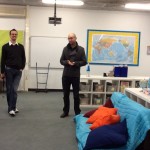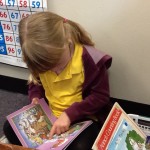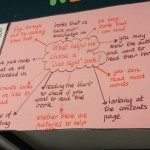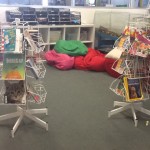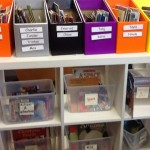‘There is a direct correlation between the amount students read and their reading achievement and higher achieving schools have more books in classrooms.” Allington 2001
The last 4 weeks of Term 2 saw the remainder of our teaching staff implement Classroom Libraries with their students and revisiting “Just Right” books (encouraging teachers to develop selection criteria with their children when selecting books, talking about what makes a book Just Right, Choice/Challenge or Too Hard using professional readings from Regie Routman).
We also held a whole staff PD workshop on Independent Reading. It was evident through looking at the Lotus Diagram – our plan to develop lifelong readers – that implementing Independent Reading throughout the school was vital as the more reading students do, the better readers they will become!
Through using Langford tools, staff came up with an operational definition of what we thought Independent Reading should be at our site:
Independent Reading is when students read texts of their own choice. They have time to reflect, use strategies, understand and share thinking about their reading of texts of choice including those that are ‘just right’ and appropriate.
We also had time to do some professional readings (Diane Snowball, Regie Routman) about clarifying Independent Reading and looking at the role of the teacher in supporting students.
Our Literacy Committee, consisting of our Literacy Leadership team plus 4 class teachers, met and discussed whether or not the questions about Class Libraries from mid Term 1 had been answered. All the questions had been answered except two which we classified as “works in progress”. Borrowing systems hadn’t been implemented across all classes and we needed to do more regarding communication to parents about our broadbanded boxes of leveled texts as we had a levelled reading system prior to starting Classroom Libraries and some parents appeared to be confused with this change. We had put information in the school newsletters and held one parent session which was poorly attended – clearly this needed to be a priority for the rest of the year!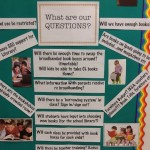

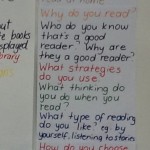 These audits and interviews provided us with a “snapshot” of reading across the school and helped us to identify where the “gaps” in our learning were. This data will also be used to document the journey travelled with whole school change in reading and, hopefully, show us the deeper learning that will take place over the next 2-3 years.
These audits and interviews provided us with a “snapshot” of reading across the school and helped us to identify where the “gaps” in our learning were. This data will also be used to document the journey travelled with whole school change in reading and, hopefully, show us the deeper learning that will take place over the next 2-3 years.